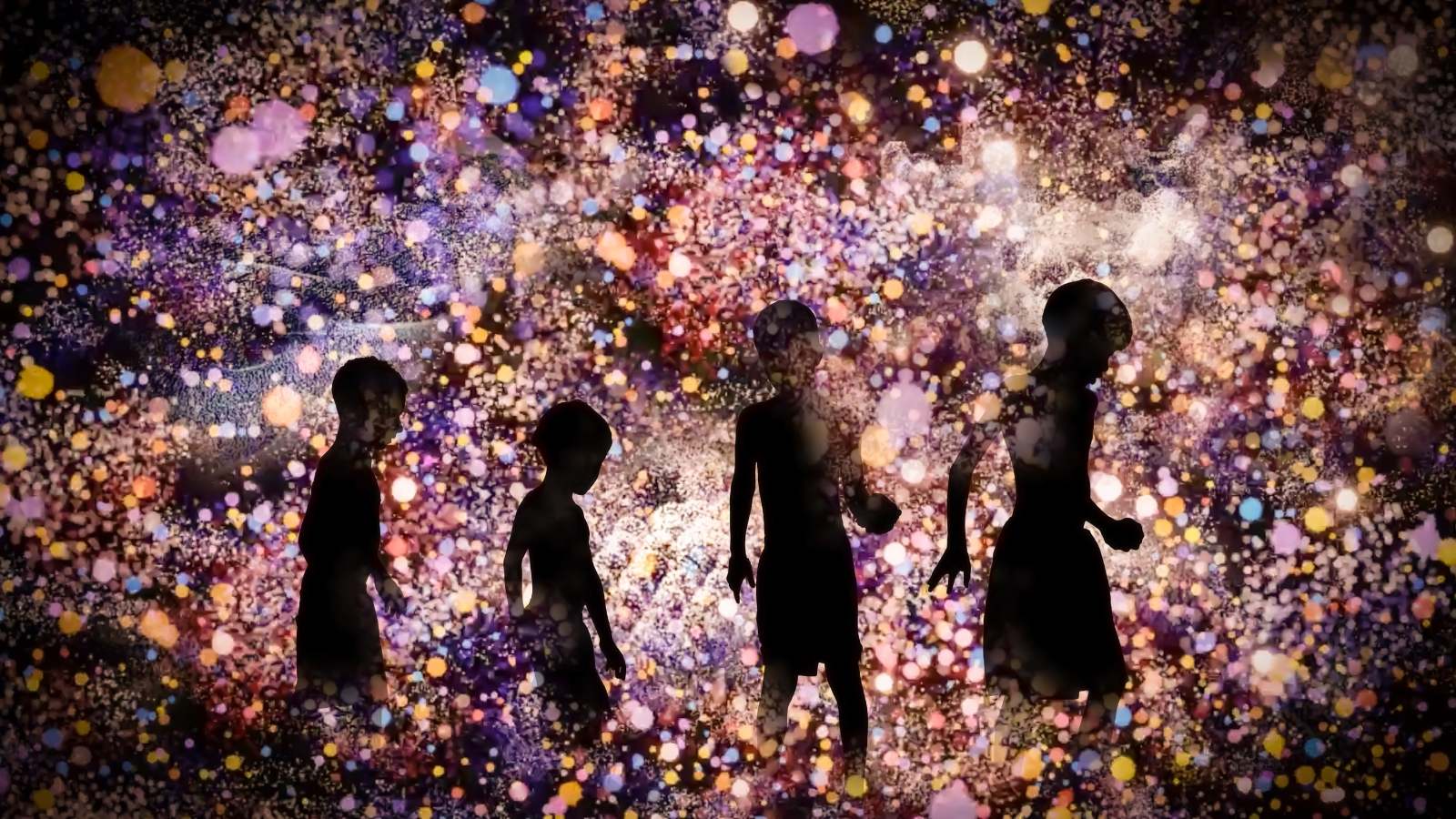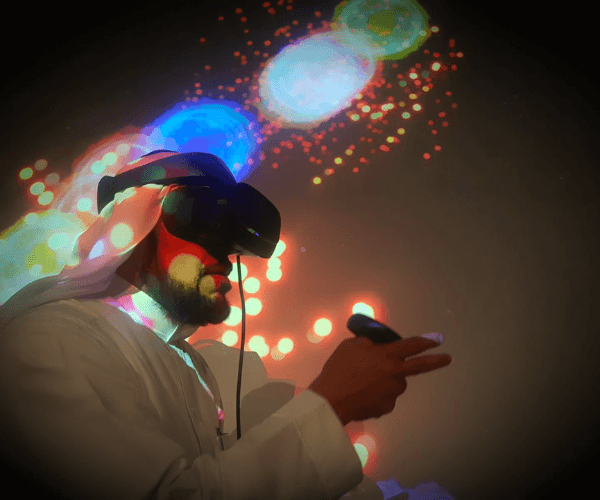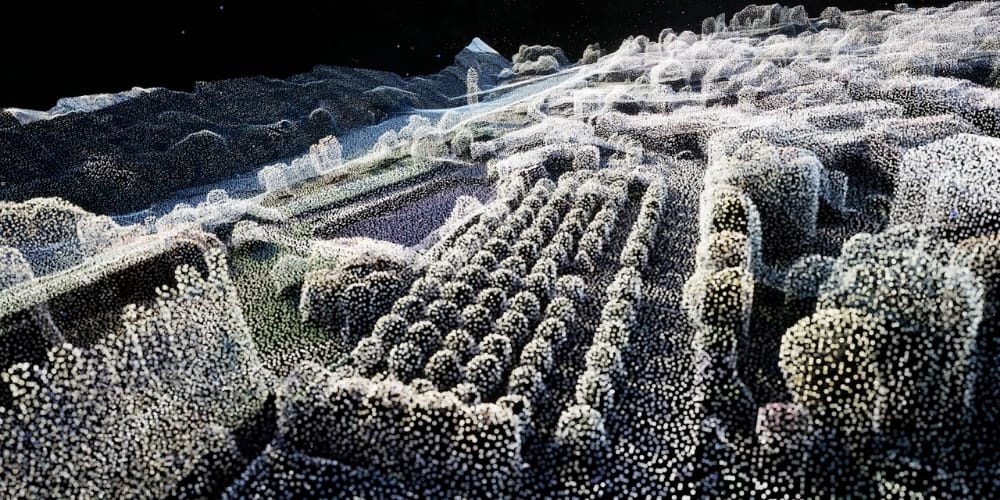Born in Bradford is on a mission to improve livelihoods, health and social outcomes in Bradford through large-scale data research. The project has led to an art-science collaboration to build an immersive experience where this data comes to life in extraordinary ways. We talked with Professor Mark-Mon-Williams at the University of Leeds and Dave Lynch at Immersive Networks Collective about their work.
Where did the idea come from?
Born in Bradford (BIB) is an NHS-led study that tracks the health and wellbeing of over 13,800 children from birth to adulthood. The research gathers data on health, but also the mental and social development of this generation, their aspirations, and the environment around them. It is currently the best described population of children anywhere in the world.
Researchers aim to use the data to develop new ways to work with families and health professionals to collaborate closely with the community in Bradford to improve social and health outcomes. As Professor Mark Mon-Williams, a cognitive psychologist at the University of Leeds helping lead the project puts it, “Born in Bradford is about doing science with, not to children. We see ourselves as engaging a ‘citizen army’, working very much in partnership with the children.”
The idea to develop a BIB immersive Virtual Reality (VR) experience was conceived by Dave Lynch and Christopher De Bezenac, two artists from the Immersive Networks Collective, a group of artists, scientists and technologists working to make complex information available via immersive experiences. They came across the BIB project and met Professor Mon-Williams whilst undertaking a cultural fellowship in art and science at the University of Leeds.
The result of their collaborative work with the university and Reflex Arc (a Bafta nominated immersive production studio) is a VR experience that is visually stunning and fascinating to explore. Each child is represented by a single point, with these points arranged into clusters or ‘meme clouds’ to reveal the similarities and differences between the thousands of children involved in the study. LIDAR data (a method of measuring the earth’s surface with very high accuracy, producing vast datasets) has been used to represent the city, and the data points representing the children morph into clusters and then back again, against this representation. The experience allows the exploration of complex data by visualising it in three dimensional space and using size and colour differences to illustrate patterns and variations.
Who is the audience?
Large data sets describing populations have most value if they are accessible to a wide audience, from scientists and healthcare professionals to policy makers. As Dave Lynch says “a lot of scientific information is presented as a secondary experience, so we wanted to make science tangible and let the senses speak for themselves….Everyone needs to engage fully with the data. We also need to let the children narrate their own story, and illustrate who they are.” Making the data accessible to the community itself is powerful. Researchers can ask them if it looks right and what is missing. The pandemic has exposed the inequalities in health outcomes for different socio-economic groups in the UK and the project shows how opportunities can be created to amplify the voice of less advantaged communities.
What have been the challenges?
Dave notes that one challenge was to create an experience that is going to spark the imaginations of a wide audience, from the Bradford community through to policy makers, “the challenge is opening it up to be a collective storytelling experience”.
The project was due to showcase as part of the Audience of the Future Challenge programme’s Immersive Futures Lab at SXSW in March 2020 and XR Stories, as part of the Creative Industries Clusters Programme, were instrumental in helping get the project onto the SXSW programme. The project also featured at the virtual BEYOND Conference in November 2020.
What are the next steps?
The next steps for the project include working with new data from a marginalised community with low socioeconomic status, Holme Wood and using this to test expanding the immersive experience to technologies that don’t require a VR headset. The BIB approach is also being applied to new datasets and contexts, including the immersive representation of agricultural and environmental research data, laboratory spaces and practices. The team plans to make the method and underlying digital toolkit available to academics from any discipline, and are currently looking for new collaborators and datasets to work with.
The main BiB research programme is expanding out to become ‘Age of Wonder’ with 30,000 children involved together with their families as they progress into secondary school. Age of Wonder is the platform for the ‘Digital Makers’ programme that is aiming to digitally upskill the 30,000 children and teach them about data science – using the Immersive VR work as a starting point. The immersive experience aims to grow alongside the overarching data project, and as the community itself grows.
A 360 film of the prototype experience can be viewed below.
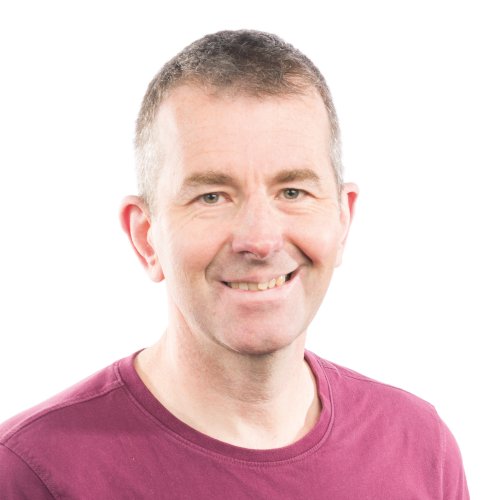
Professor Mark Mon-Williams, University of Leeds
Professor Mark Mon-Williams holds a Chair in Cognitive Psychology at the University of Leeds.
He is also Professor of Psychology at the Bradford Institute of Health Research and Professor of Paediatric Vision at The Norwegian Centre for Vision, and a Turing Fellow in the Alan Turing Institute.
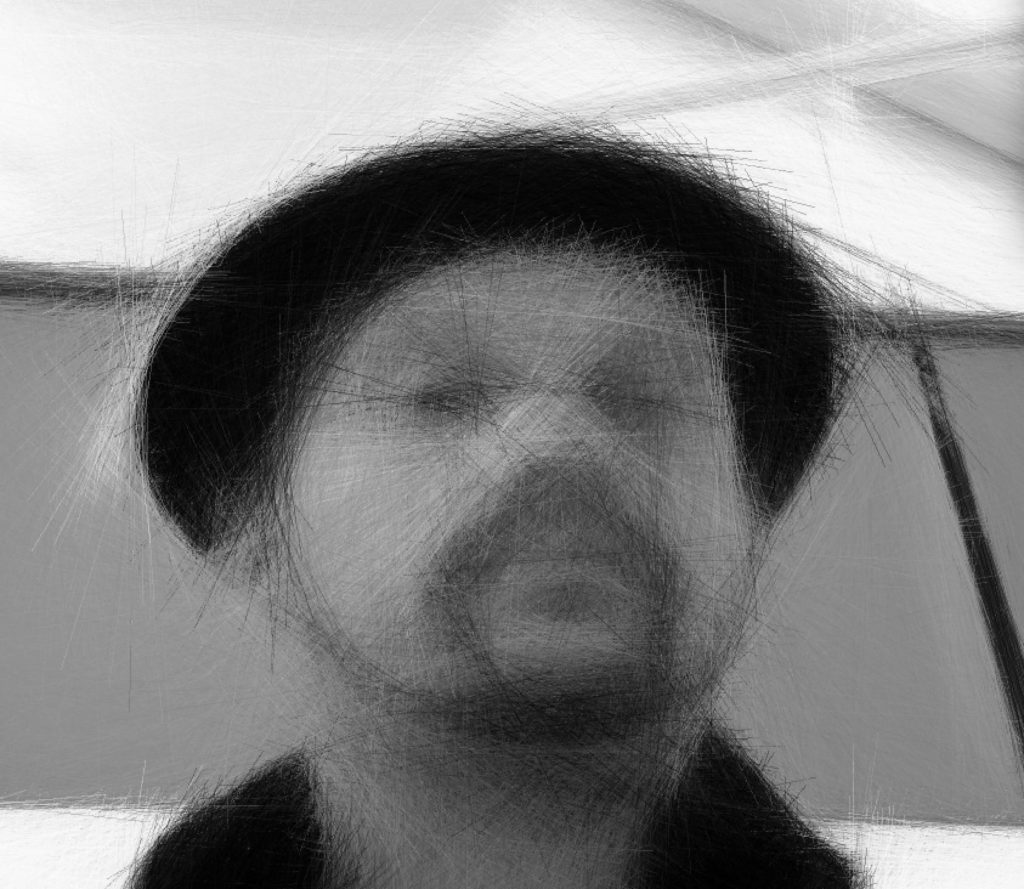
Dave Lynch Immersive Networks Collective (Co-founder)
Dave Lynch is a pioneering artist, creative director, inventor and researcher working internationally at the intersection of art, science, storytelling and the environment. His research seeks to inspire agency, interdisciplinary imagination, discovery and social change addressing global issues facing our natural world. Find out more at davelynch.net.
Project partners: Immersive Networks Collective, CalibuYau, Reflex Arc, Centre for Immersive Technologies (University of Leeds) Cultural Institute (University of Leeds), Bradford Institute For Health Research, Green Mount Studios, XR Stories (Creative Cluster).

